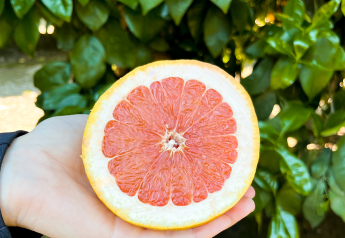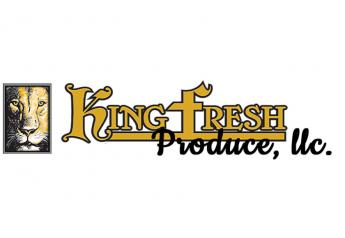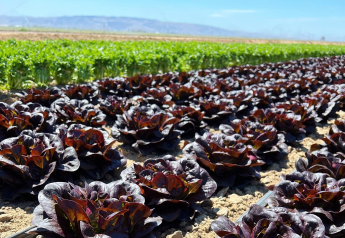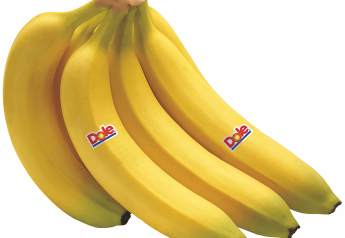If necessity is the mother of invention, ag-tech will answer the bell, Duflock says
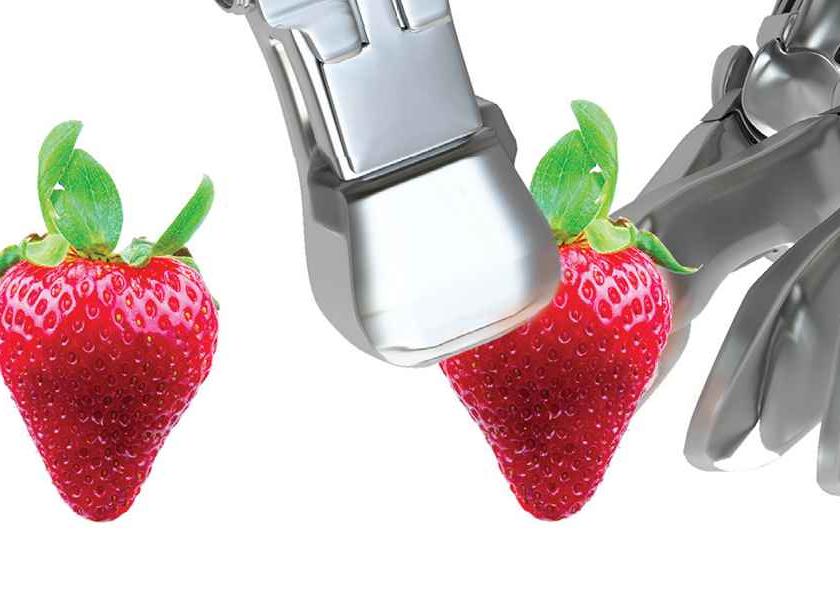
The labor shortage in the fresh produce supply chain is growing worse, and that means Walt Duflock has plenty of work ahead of him.
Duflock, vice president of innovation for Western Growers, was hired in October 2020 to drive innovation with a focus on accelerating commercialization and helping ag-tech startups scale in some key challenge areas for growers.
Those obstacles include harvest automation, food safety solutions and field testing of ag-technology.
Coming from a fifth-generation family farm, Duflock has witnessed what it takes to bring specialty crops to market. He also brings close to 30 years observing and engaging with technology innovation in the Silicon Valley, both inside and outside of agriculture.
“You could see the speed that technology was picking up the pace in other areas, and it hasn’t been quite able to keep pace in ag,” he said. That is not to say agriculture doesn’t need innovation, however, he said.
With an aging workforce and increasing regulations around minimum wage and overtime rules, growers have had to become more reliant on the nondomestic workforce.
In fact, the use of the H-2A program in American agriculture has grown from about 48,000 positions approved 15 years ago to about 300,000 last year.
Duflock said he has looked at the realities facing growers and has concluded that the only way out of the labor crunch is automation. Those automation advances can come from investment in technology, but that path is not easy.
While non-ag-tech startups have a particular way of being organized, Duflock said the same operating principles don’t necessarily apply to agricultural startups.
“In ag-tech, we don't fit nicely into a 10-year window,” he said. Most venture capitalists will invest in a project with a timeline of getting out in about 10 years, but innovation in agricultural automation can take longer than that, he said.
Duflock said his job at Western Growers has been to identify the scope of the labor problem and set the strategy on the path forward. The answers won’t only be found with machines.
A new generation of agricultural workers will be needed with the rise of automation, he said. Western Growers is working with the California Department of Food and Agriculture to train a future workforce that can operate robots.
“The myth is that we go to no labor, but the reality is we go to a lot less, but highly skilled, labor and hard-to-get labor,” he said.
Western Growers, in general, has tried not to make huge bets on individual ag-tech companies, but to make a bet on platforms, he said.
“If you think about how these startups operate, they have to build everything from scratch,” he said. “Think about your weeding startup, your harvest startup; you've got to go take a bunch of pictures of broccoli or lettuce, you've got to write a bunch of code to turn those instructions into 'yes' harvest, 'no' harvest or 'not yet' harvest."
Beyond software that can recognize weeds or harvestable crops, ag-tech startups seeking to automate harvest must build robotic harvesters that can go to the right spot at the right time to pick fruit.
Perhaps the most demanding requirement is to do the picking in an economical way, Duflock said, observing that growers can’t pay $2 an apple to harvest the fruit they get paid 20 cents for.
Abundant Robotics, which had been working on a robotic apple harvester, could not raise the funds last year necessary to continue, he noted.
Competition with other Silicon Valley startups is a part of that.
“The problem is a lot of tech segments don't need $80 million or $100 million to get to scale,” he said.
Duflock said a different approach is needed.
“The high level there is we realized venture capitalists are not going to be that interested in writing checks for one robot to solve one crop’s problem for harvest, because there is not the kind of dollars there that we're used to paying for a return that's 10 years out,” he said.
Because of that, Western Growers sees the advantage of building ag-tech building blocks that everyone can use. For example, developers could source code that everyone can use on how to make robot arms usable.
“If we can give them a set of Lego blocks that everyone gets to use, [that] will shrink their research and development and product development needs down, ideally, by half, and allow them to do all this for less capital,” he said. Instead of betting on an individual company and exclusively supporting that firm, Western Growers sees the benefits of creating a platform where everyone can reuse the same technology.
While developers can share resources, Duflock said there will always be a need for intellectual property development with the introduction of harvest machines and software to properly identify harvestable crops — not to mention getting the harvested crop safely into bins.
Creating solutions
There have been many areas of advancing technology for fresh fruits and vegetables, but much work remains, he said.
Good progress has been made on processed commodities and items such as lettuce that go into bags. Decent progress has been made on laser weeding and thinning machines, he said
Finding harvest automation solutions is more of a “grind,” Duflock said.
Automating field harvest is challenging over the long term because of the challenge of getting investment dollars, combined with the limited applicability of one robot solution for a particular crop to other crops. Yet, Duflock said there is optimism that one breakthrough could lead to others. For example, the work toward apple harvest automation continues by several companies.
“These are really smart operators and I have a hard time believing that they won't make good progress and find more capital over the next few years,” he said. The technology should and the understanding of growers' needs will only get better, Duflock said.
“There is a mindset that if you can solve apples, something round about the size of a baseball, you can probably solve other things that are round and the size of your baseball, such as citrus,” he said. “It is a working theory, so we will see how it plays.”


